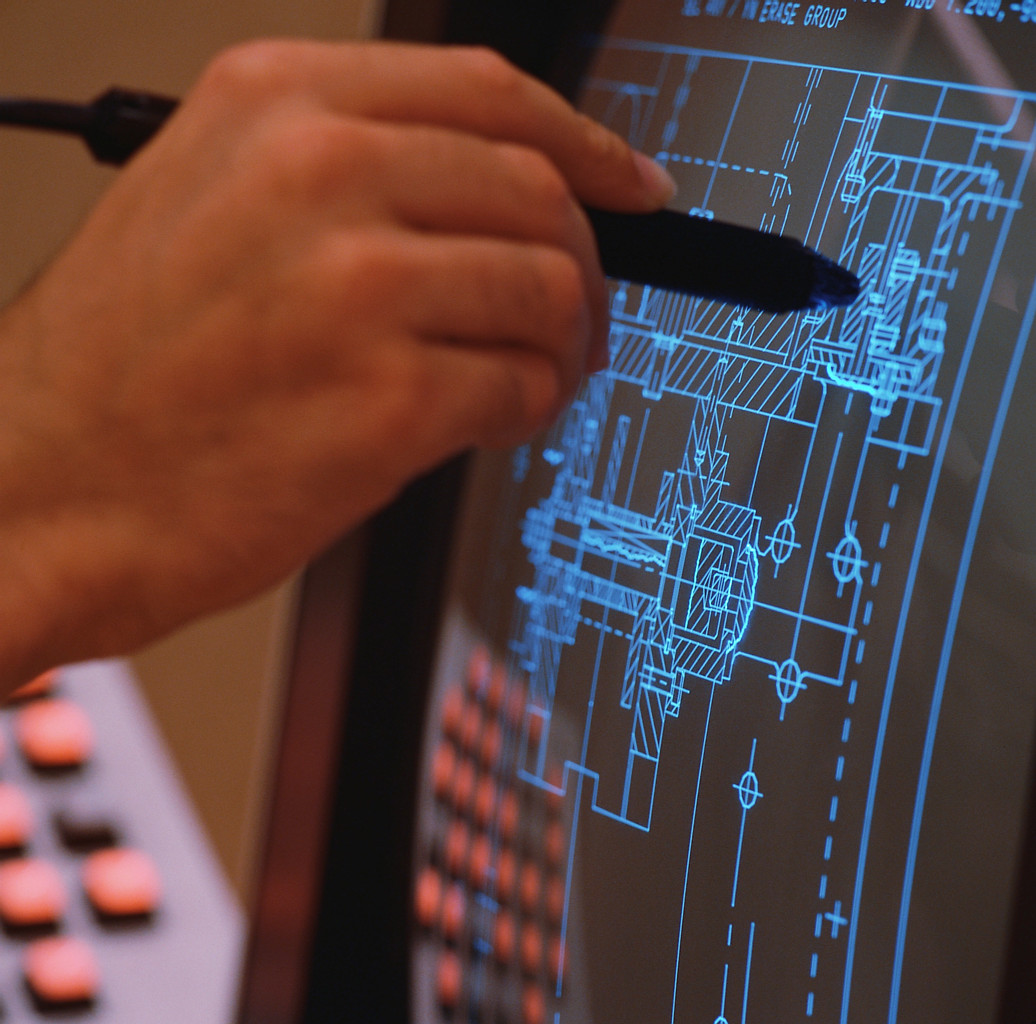How to Read Electrical Schematics

Electric schematics are written in a way to illustrate the layout and design of the circuitry. Schematics are important for understanding the size and nature of electrical circuits in buildings, or in the design of circuits in electric components such as radios, microwave ovens.
Manufacturers draw schematics of electric circuits present in the equipment and send it the user so that they may be able to figure out the source of the problem in case the device is not working properly.
However, not all electric diagrams are available for public use as some of them have great commercial value.
Instructions
-
1
To be able to understand electrical diagrams you will have to learn the basics of electricity and circuit theory in detail. Electric current can be a dangerous tool if you do not know how to use it properly. The best thing is to get enrolled in a basic level course related to electricity.
-
2
Get to know the symbols used for different components used in an electric circuit. There is no need to draw each component individually as wiring schematics have a universal system of symbols designed for electric components. These symbols define the components, their values, and their relation with other components in the circuit.
-
3
These diagrams are developed so that people who do not speak the same language may be able to communicate their circuit designs with each other. The most important thing in understanding the circuit schematics is learning the symbols used in the diagram. The complete list is available on the ‘Learn C’ website. For example, two wires separated by two parallel lines with some gap in between represents a ‘capacitor’ symbol.
-
4
These symbols have the value of the components mentioned alongside them. For example, whenever the symbol of capacitor is used, its value will be written right next to it. A straight line between two components indicates that they are connected with each other.
-
5
Whenever studying a schematic, make note of the values of the components used in the circuit. If some value is not mentioned on the diagram, you can use a multimetre to find its value. You should learn how to use a multimetre as well as it is important in the study of electric schematics.
-
6
You should know where to set the meter when reading the values of resistances or voltage across certain points in the circuits. You should also know how to test a transistor with a multimetre.







